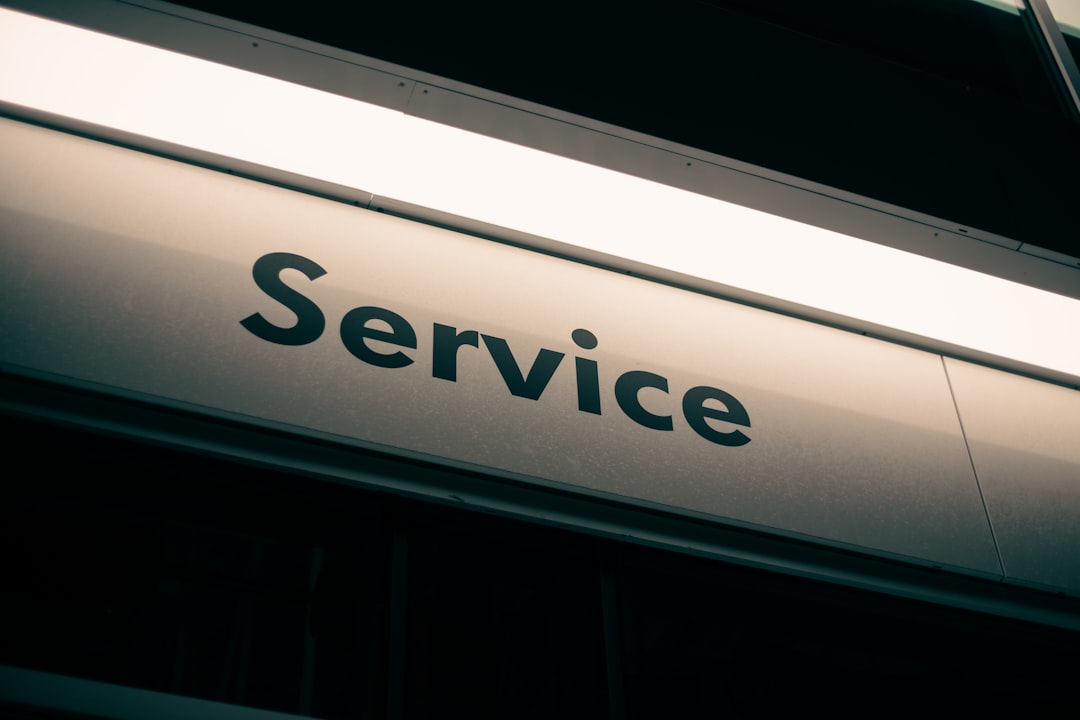
In today’s hectic world, event planning has come to be an important market that deals with diverse demands, from corporate meetings to extraordinary weddings. An occasion intending firm is your companion in crafting the best occasion, ensuring every detail is taken care of with accuracy and flair. These companies concentrate on changing ideas into truth, making every event an unforgettable experience for hosts and guests alike.
The process begins with comprehending the client’s vision. A trusted event planning business puts in the time to pay attention and comprehend what the customer wishes, which is vital for conceiving the event. Whether you’re looking for a grand wedding celebration, an intimate birthday celebration celebration, or a big corporate conference, a reliable organizer will certainly customize their solutions to suit your details requirements. This tailored approach permits an unique experience that mirrors the individual’s or company’s individuality.
Budget administration is another major advantage of hiring an event preparing firm. They bring knowledge in approximating costs and can aid customers allot their budgets effectively, ensuring that all elements of the event are covered. From place option to catering options, a proficient organizer understands where to invest for optimal effect while staying within financial criteria. This capacity not only eases stress for customers but also boosts the total top quality of the occasion.
In addition to logistical monitoring and economic planning, event coordinators have accessibility to a network of suppliers and suppliers that can make or break an event. Their developed partnerships commonly lead to recommended prices and dependable solutions, which can conserve clients time and money. From flower shops and professional photographers to enjoyment and wedding catering solutions, having a planner implies you benefit from their industry connections and know-how, resulting in more effective events.
Eventually, an event intending business intends to produce remarkable experiences that resonate with guests long after the event has concluded. Their interest to detail and dedication to excellence go a long way in ensuring that every facet of an occasion runs efficiently, permitting clients to delight in the day without the anxiety of handling the myriad of information involved. Whether you are arranging a little gathering or a large-scale feature, investing in an occasion intending firm is a choice that can offer significant rewards.